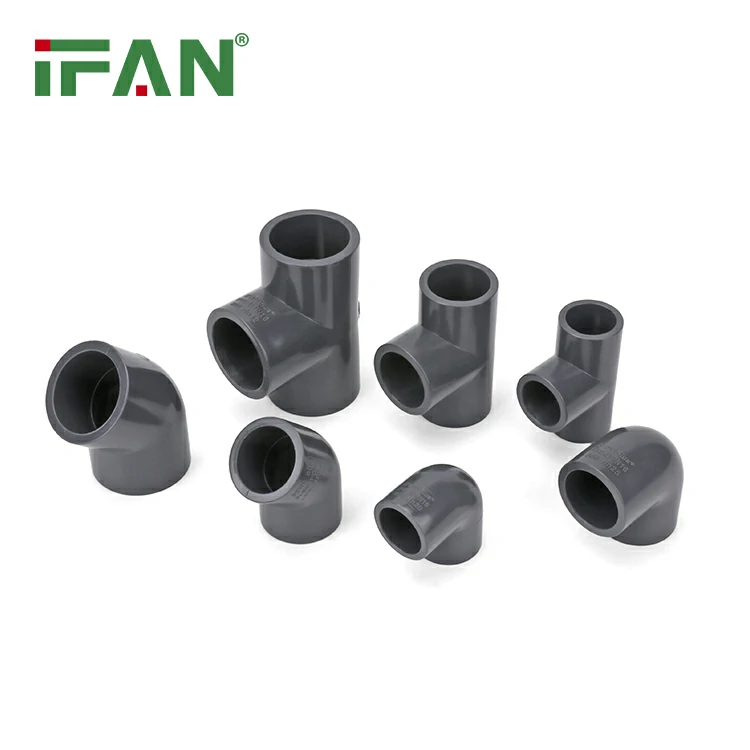Introduction to UPVC in Plumbing
UPVC (unplasticized polyvinyl chloride) is a durable and cost-effective material, but it is not commonly used for plumbing in many regions. While it has certain advantages, specific limitations make it less suitable for plumbing applications. Understanding these reasons helps clarify its limited use.
Temperature Sensitivity
One key reason UPVC is not widely used for plumbing is its temperature sensitivity. It can warp or deform under high temperatures, making it unsuitable for hot water systems. For example, fittings may fail in applications involving boiling water. This restricts its use in many plumbing scenarios.
Brittleness in Cold Conditions
UPVC becomes brittle in cold temperatures, increasing the risk of cracks or breaks. In freezing climates, fittings may fail due to thermal stress. For instance, outdoor plumbing systems in winter may experience leaks. This makes UPVC less reliable in areas with extreme weather conditions.
Limited Chemical Resistance
While UPVC is generally chemical-resistant, it can degrade when exposed to certain chemicals. Strong acids, solvents, or oils may weaken the material over time. For example, industrial plumbing systems may require more resistant materials. This limits UPVC’s applicability in such environments.
Susceptibility to UV Degradation
UPVC is highly susceptible to UV degradation, which causes brittleness and cracking. Outdoor plumbing systems exposed to sunlight may deteriorate quickly. For instance, unprotected fittings may require frequent replacement. This makes UPVC less practical for exterior applications.
Rigidity and Lack of Flexibility
UPVC lacks flexibility, making it unsuitable for applications requiring bending or movement. In earthquake-prone areas, rigid fittings may fail under stress. For example, flexible materials like PEX are preferred for such conditions. This rigidity limits UPVC’s use in dynamic environments.

Installation Challenges
Improper installation can lead to issues with UPVC pipe fittings. Incorrect cutting, gluing, or alignment may cause leaks or system failures. For instance, over-tightening joints can result in cracks. Professional installation is essential, but it adds to the complexity and cost.
Environmental Concerns
The production and disposal of UPVC raise environmental concerns. Manufacturing involves non-renewable resources, and disposal contributes to pollution. For example, improperly discarded fittings may take decades to decompose. Sustainable alternatives are increasingly favored in modern plumbing systems.
Conclusion
UPVC is not widely used for plumbing due to its temperature sensitivity, brittleness, limited chemical resistance, UV degradation, rigidity, installation challenges, and environmental concerns. While it has specific applications, these limitations make it less suitable for many plumbing systems. Understanding these factors helps in selecting the right materials for specific needs. UPVC remains a viable option in certain contexts but is often replaced by more versatile alternatives.

